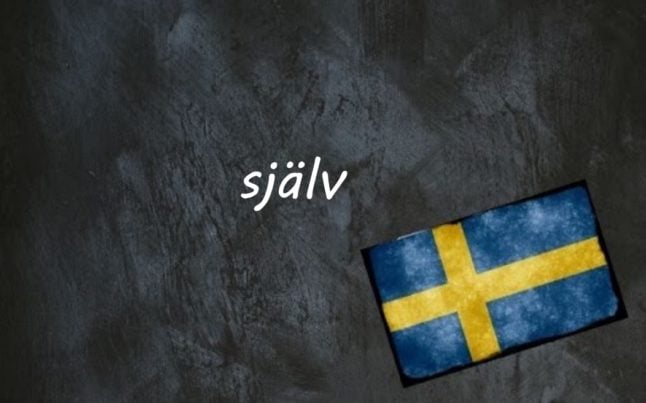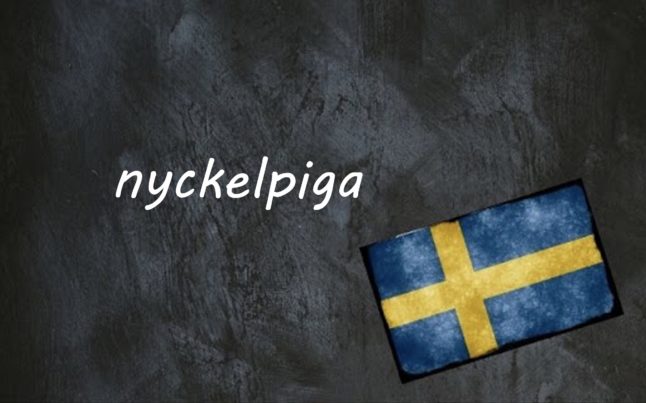The word själv means “self”, as in han gjorde det själv (he did it himself), jag tycker själv bäst om våren (I personally prefer spring), vad tycker du själv (what do you yourself think?) or as parents of Swedish-speaking two-year-olds will know too well, kan själv (“can self!” or “I can do it myself!”).
Själv can also mean “alone” – not necessarily implying that the speaker is feeling lonely – such as jag var hemma själv (“I was home alone”) or jag gick på bio själv (“I went to the cinema on my own”). If you’re feeling lonely, you should instead say jag känner mig ensam.
It appears in several compound words, such as självisk (selfish) or osjälvisk (unselfish/selfless), självbehärskad (restrained, or more literally in control of oneself) or självförtroende (confidence).
- Don’t miss any of our Swedish words and expressions of the day by downloading our app (available on Apple and Android) and then selecting the Swedish Word of the Day in your Notification options via the User button
A trickier word to explain is självaste.
Självaste can also mean him or herself, but think of it as a more extreme version, implying that the speaker has some sort of reaction to the person in question, perhaps they’re impressed or shocked. Other translations can be “in the flesh” or “none other than”.
For example: jag vände mig om och då stod självaste drottningen där (“I turned around and the Queen herself was standing there”) or de vann mot självaste Barcelona (“They won against none other than Barcelona”).
You also often hear it when Swedes swear. Det var då självaste fan (“It was the devil… in the flesh”) may be said by someone who is annoyed that something went wrong or isn’t working, although more often than not they’ll leave the last word unspoken: det var då självaste… (similarly to how an English-speaker may say “what the…” leaving out the cruder word “hell”).
Examples:
Själv är bästa dräng
If you want to get something done you’d best do it yourself
I själva verket
In actual fact (in fact, actually)
Villa, Volvo, Vovve: The Local’s Word Guide to Swedish Life, written by The Local’s journalists, is available to order. Head to lysforlag.com/vvv to read more about it. It is also possible to buy your copy from Amazon US, Amazon UK, Bokus or Adlibris.



 Please whitelist us to continue reading.
Please whitelist us to continue reading.
Member comments